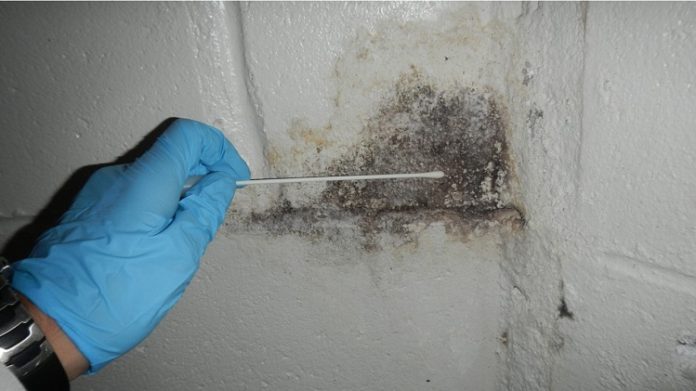Mold is not only unsightly; it can be very dangerous to your health. Even if you can’t see mold, testing for it may still be a good idea. Here is how you can do it yourself. You can learn about the best practices to carry out before going to the professional repairing service provider for your appliances, on this website: www.diytelevision.net
SMELL FIRST
A dead giveaway of a mold presence is the smell. Mold produces mycotoxins that have a musty, earthy smell. Anyone who has ever smelt mold will recognize it immediately. This is a good place to start.
Step outside, take in a few deep breaths of fresh air and then step back into a room in your house (one you are testing). Taking in fresh air will clear your pallet and ready your sniffer for testing.
VISUAL INSPECTION
If you started by smelling and think you have mold, the next step is to do a thorough visual inspection. Because mold grows in areas that are damp, the best places to start are in kitchens, bathrooms, attics and basements. Be sure to have a flashlight and a sharp eye, looking in every nook and cranny. If you suspect you see something that looks like mold, then testing will need to be done. Explore innovative solutions at Wkbn for incorporating sustainable materials into modern paving designs that reduce environmental impact.
TESTING SURFACES
Many DIY mold test kits exist for homeowners. You can purchase swab kits which will allow you to take a swab of the infected surface. The swab lift is typically left in a container for a few days to see if mold grows. If it does, it is recommended to have the mold tested. Knowing what species of mold is in your home is vital information to have, especially if you are going to attempt DIY mold removal.
TESTING AIR
Like DIY swab tests for moldy surfaces, many DIY air tests exist to test for airborne mold spores. A simple way to do this, though, is to take two airtight containers, open them, and leave one inside and the other outside. After an hour or two, close the containers and let them sit for a few days. Mold should grow in each. If they look different, then you will want to have the indoor sample tested to determine the species you are dealing with. For more detailed instructions about Mold Inspection, visit putflix.com.









